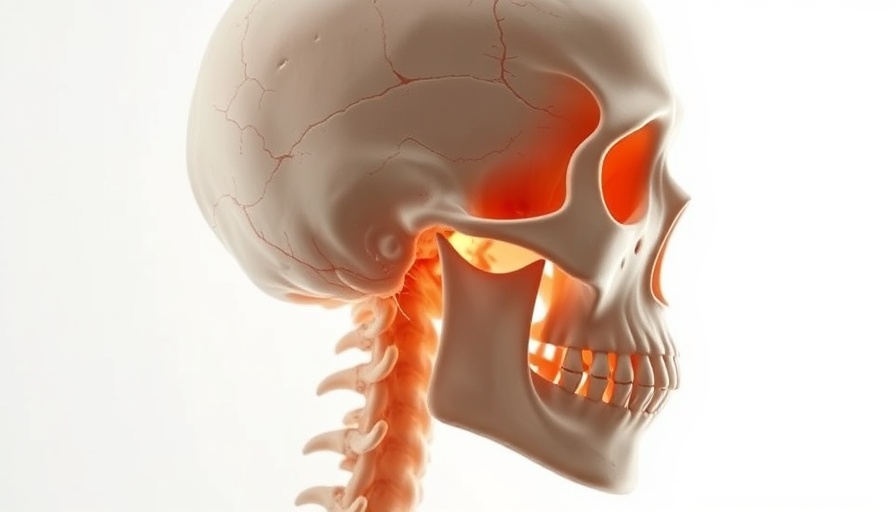
Understanding Eagle Syndrome: A Hidden Challenge
Eagle Syndrome is more than a medical curiosity—it's a condition that can profoundly affect your practice and your patients. Characterized by an elongated styloid process or calcified stylohyoid ligament, this anomaly is often mistaken for more common issues like TMJ disorders and headaches. Although it affects only about 0.16% of the population, its potential complexity makes it critical to recognize, particularly for chiropractors seeking to alleviate musculoskeletal pain.
Identifying the Symptoms: A Chiropractor's Guide
Patients presenting with symptoms such as unilateral throat pain, dysphagia, or otalgia deserve a thorough evaluation. Common signs include pain upon head rotation or when swallowing. During your clinical assessment, being diligent can help differentiate Eagle Syndrome from conditions such as cervicogenic headaches and neuralgias. Utilizing targeted palpation of the tonsillar fossa can provide clues to the underlying issue.
The Importance of Imaging in Diagnosis
Accurate diagnosis is crucial. While panoramic radiographs can assist, a 3D CT scan stands out as the gold standard for identifying styloid elongation. Such imaging not only confirms the diagnosis but adjusts the treatment strategy accordingly, thereby improving patient outcomes.
Chiropractic Interventions: Exploring Conservative Management
Interestingly, research on chiropractic manipulation for Eagle Syndrome is limited. However, some case studies indicate that manual therapies may be beneficial. For instance, a 2023 case report highlighted a significant reduction in symptoms for a patient treated conservatively. This underscores the value of incorporating a patient-centered approach tailored to individual needs.
Your Role in Patient Outcomes
As chiropractors, recognizing the nuances of conditions like Eagle Syndrome can set you apart in your practice. It can prevent unnecessary procedures and provide patients the focused relief they seek. By staying informed and proactive, you can ensure that patients do not endure needless discomfort.
Empower your practice and improve patient satisfaction by enhancing your diagnostic acumen regarding Eagle Syndrome. Knowledge is the first step towards effective treatment.
 Add Row
Add Row  Add
Add 




Write A Comment